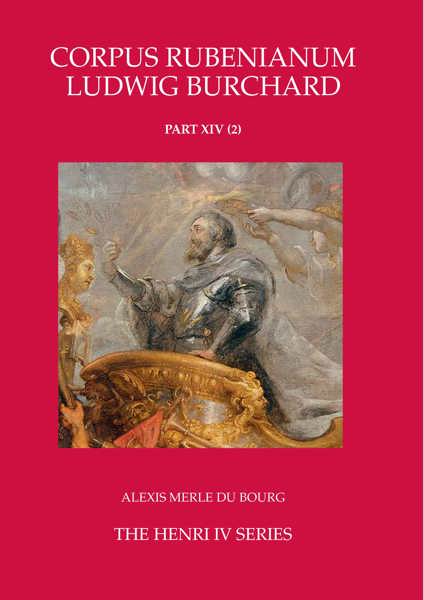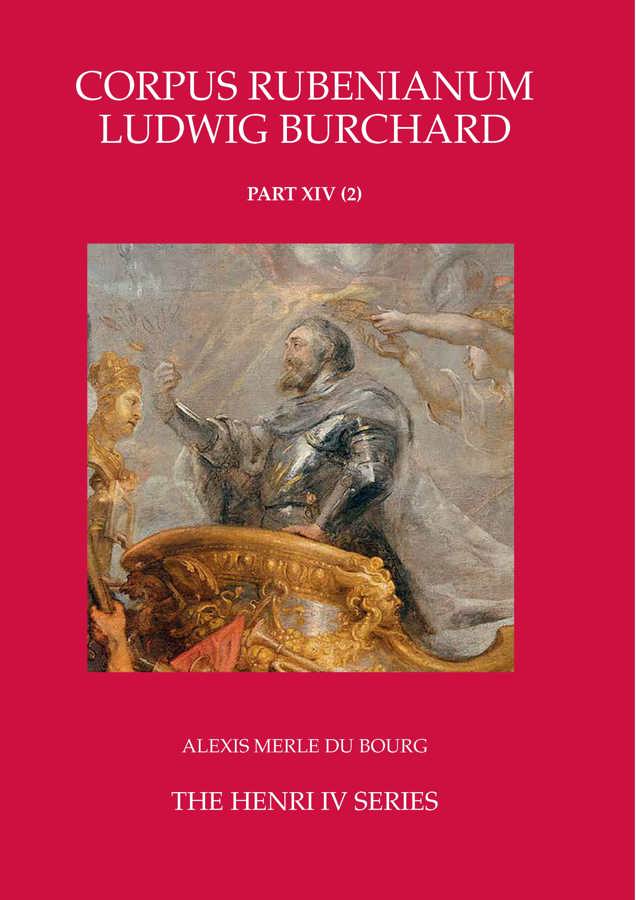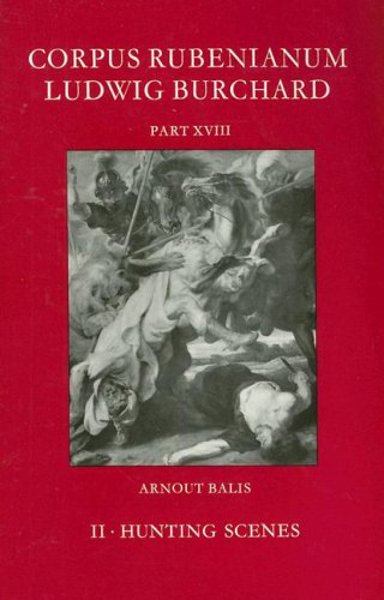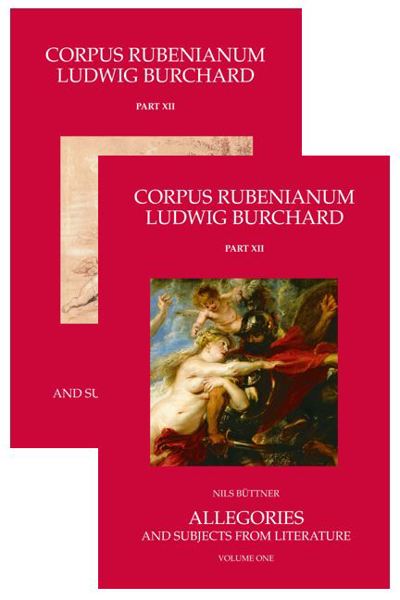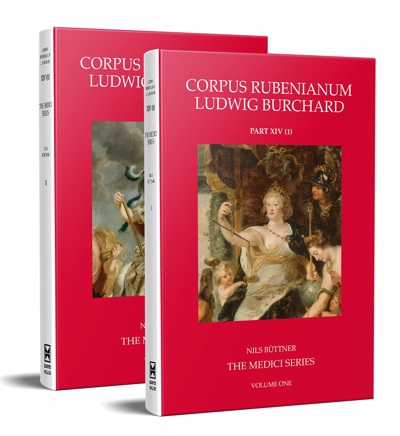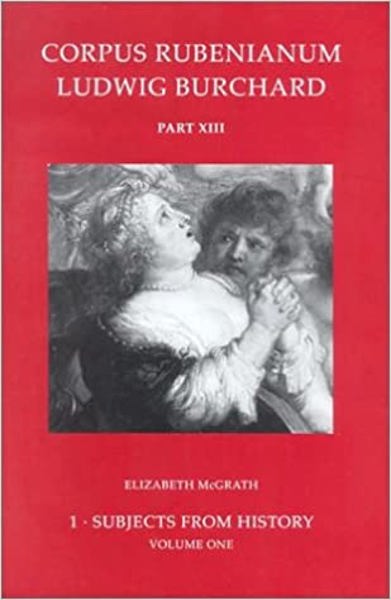
The Henri IV Series
Alexis Merle du Bourg
- Pages: 484 p.
- Size:175 x 260 mm
- Illustrations:121 b/w, 23 col.
- Language(s):English
- Publication Year:2017
- € 195,00 EXCL. VAT RETAIL PRICE
- ISBN: 978-1-909400-96-2
- Hardback
- Available
“Building on (and in some cases refuting) the work of such scholars as Ingrid Jost, Julius Held, Bernard Descheemaeker, and Nico Van Hout, Merle du Bourg presents a richly detailed account that goes well beyond the already high standard set by the Corpus Rubenianum series as a whole. Building on (and in some cases refuting) the work of such scholars as Ingrid Jost, Julius Held, Bernard Descheemaeker, and Nico Van Hout, Merle du Bourg presents a richly detailed account that goes well beyond the already high standard set by the Corpus Rubenianum series as a whole. (...) Supreme, incomparable, and extraordinary, Rubens is an artist who regularly rouses art historians to hyperbole. Fortunately, in this case he has also inspired an exemplary work of research and interpretation.” (Adam Eaker, The Metropolitan Museum of Art, in Historians of Netherlandish Art Reviews, February 2019)
On 26 February 1622, in Paris, Rubens entered into a contractual agreement to execute two series of paintings, ‘by his own hand’, intended to decorate the two parallel galleries of the Parisian palace – the so-called Luxembourg Palace – of Maria de’ Medici, widow of Henri IV and mother of Louis XIII. Completed in 1625, the twenty-four monumental paintings of the western gallery exalting the life of the Queen Mother form a universally admired ensemble, on display at the Musée du Louvre for the last two centuries. However, the second part of this grand project, envisioned for the eastern gallery of the palace, was abandoned in 1630. The suspension and then premature termination of the project after the Queen Mother’s exile in July 1631 have deprived us of a work that would have been unique, both in its magnitude and in the artistic means Rubens deployed to glorify the royal couple. The Galerie Henri IV, planned as a commemoration of the king’s military victories and a celebration of his triumphs ‘in the manner of the triumphs of the Romans’ (as the contract has it), remains a puzzle whose missing pieces are more numerous than what is preserved. Still, some fifteen works – preparatory oil-sketches on panel and large canvases, more or less completed – have survived. It is above all through the study of these works that this volume aims to arrive at a better understanding of the context, the iconography, and the political significance of the Galerie Henri IV. Despite the frustration (for us, as for Rubens himself) of its abandonment, the unfinished project remains an extraordinary feat of Baroque encomium, and one of the artist’s greatest masterpieces.
